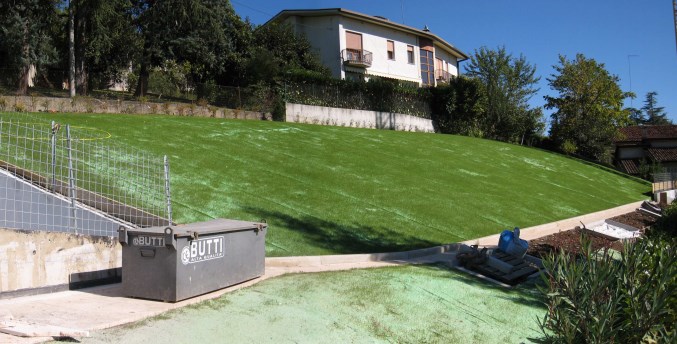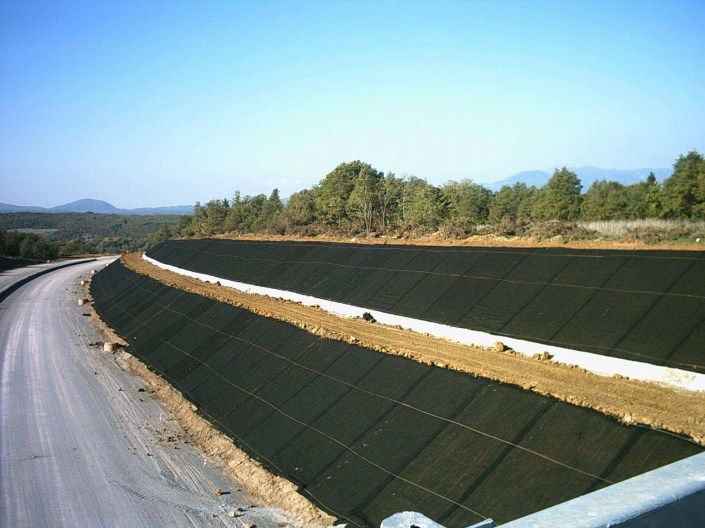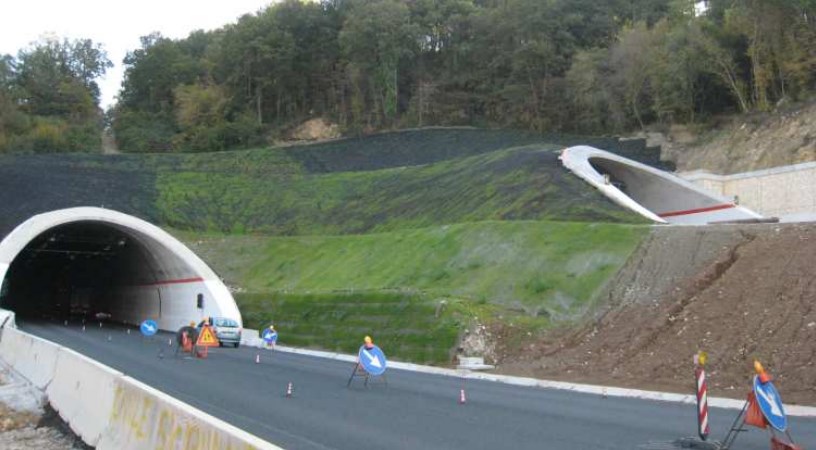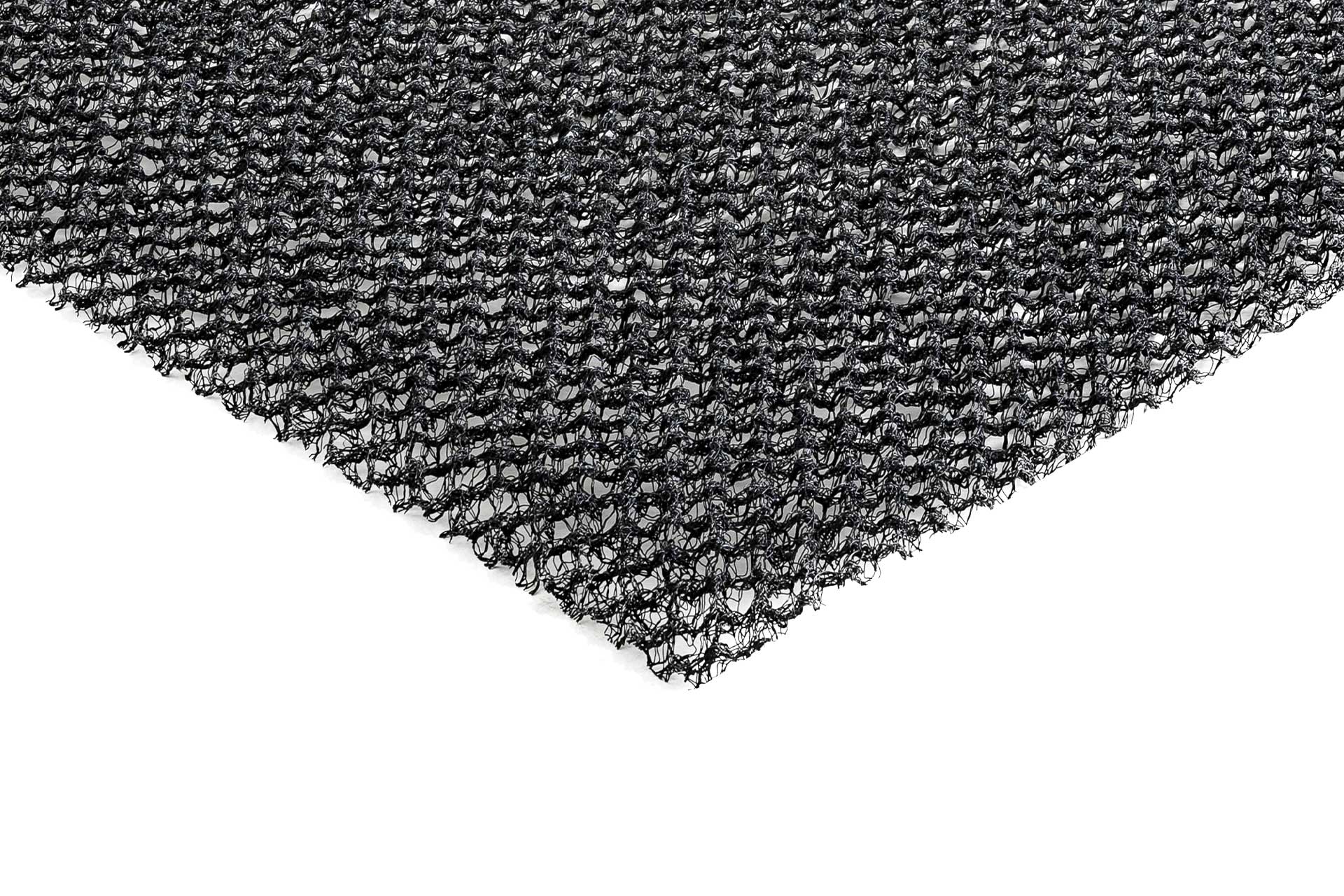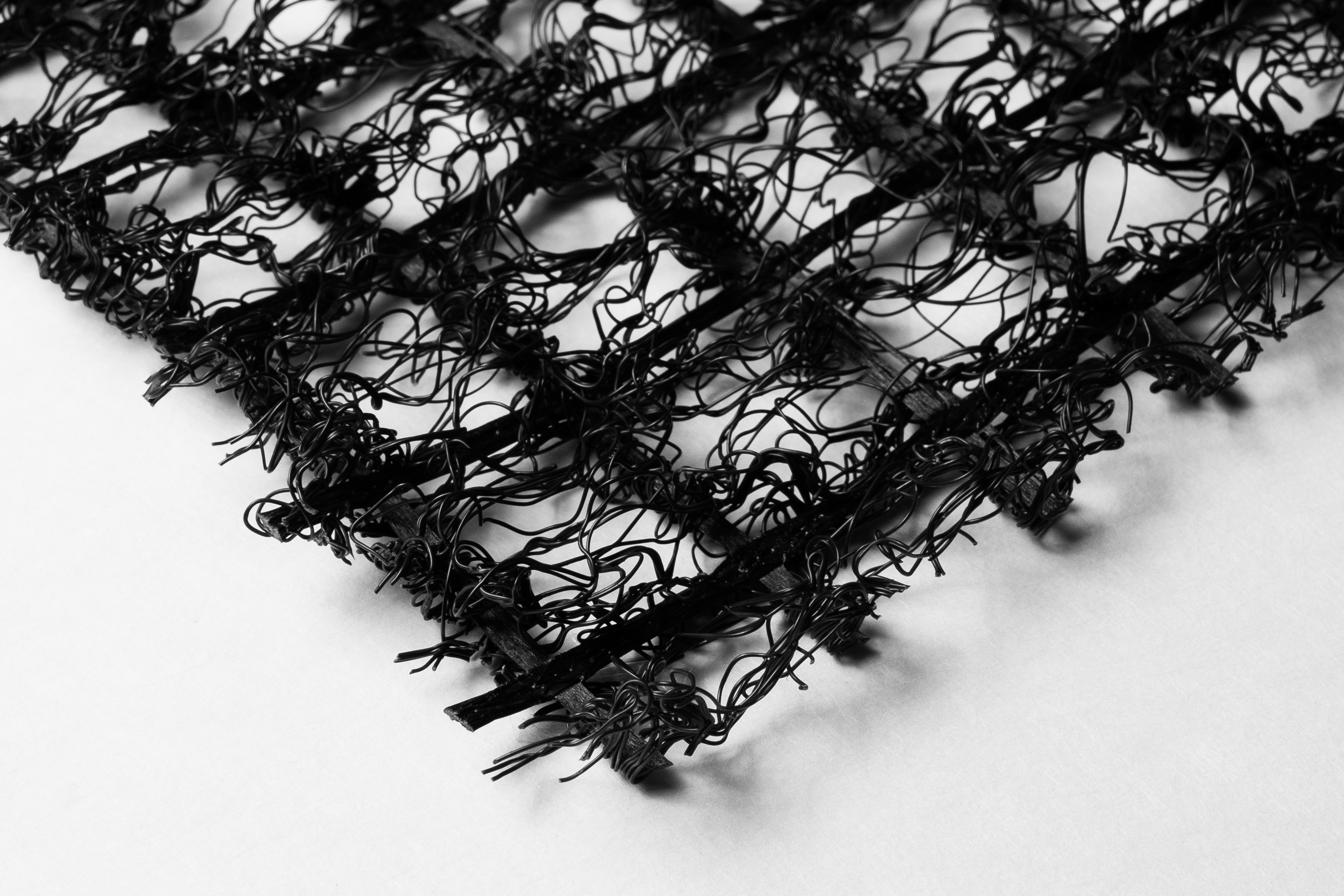
We use cookies to ensure that we give you the best experience on our website. Cookies enable us to provide you functionalities such as security, network management and accessibility. They improve usability and performance through various features such as language recognition, search results and thereby improve what we offer to you. Our website could use also third parties cookies to send advertising that is more relevant to you. Some cookies may be processed by third parties located in countries outside of the European Economic Area (EEA) who may not yet have an adequacy decision from the relevant European data protection authorities. In this case the transfer is based on your consent (Art. 49.1a GDPR).
If you want to find out more about the cookies we use and how to manage them, you can access to our Cookie Policy or choose which cookies to activate.


